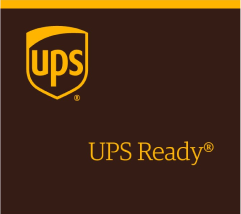It’s no surprise that Google AdWords has the potential to significantly drive your revenue and increase your ROI (return on investment). And with all the specialized features, like landing pages, ad customizers, and keyword modifiers, it’s more and more feasible to create a strategy which will help you materialize your AdWords goals into a reality. For example, for those looking for higher conversion rates, it’s wise to think about the types of keywords which have generated those high rates, along with the search queries that triggered them, so you can employ keyword modifiers that will attract relevant search queries to your ads. So naturally, with the introduction of AMP’s (accelerated mobile pages) to our landing pages, we are excited about the impact this will have on page load timing, but we still have to wonder if this feature will really yield to the type of results that AdWords users are looking for considering the limitations of the tool.
According to Instapage, page load time is one of the main reasons for lower bounce rates on landing pages. Web browsers who are generally looking to get immediate information after they search ads quickly lose focus if they are not presented with that information within seconds. And the same holds true for other elements of landing pages. Without a strong call- to-action, engaging graphics, or content that is not appealing to the target audiences, advertisers risk the chance of web browsers losing interest in their website.
So a little bit more about how AMP can help solve this issue. Last fall, Google launched their AMP program (accelerated mobile program) which helped to deliver content about 4 times faster to web browsers. This is truly exciting if you consider how much slow loading pages really hinder advertisers’ abilities to convert the huge pool of potential prospects that lie dormant on their websites. And it’s really catching on! According to Google, from 860,000 domains, there are now 1.7 million ACP’s across the web with over 35 million pages being added per week. However, there is a restriction to this tool and that’s the inability of it to support more advanced options like data transfer, tracking and analytics.
So is this worth it? It may be so when you consider there aren’t many other features out there which are really providing this kind of optimization. And since Google studies report a 20% drop in usage for every 500 milliseconds it takes to load a page, it’s probably an element which would objectively lead to more conversions if it were implemented. So while there may be set backs, carefully consider the benefits because they may far outweigh the limitations of the tool and offer you the loading time you’ve been waiting for.
To evaluate other areas of your AdWords account which could be optimized, check out our free AdWords Grader so you can carve out a better strategy that meets your AdWords goals and brings you success.















